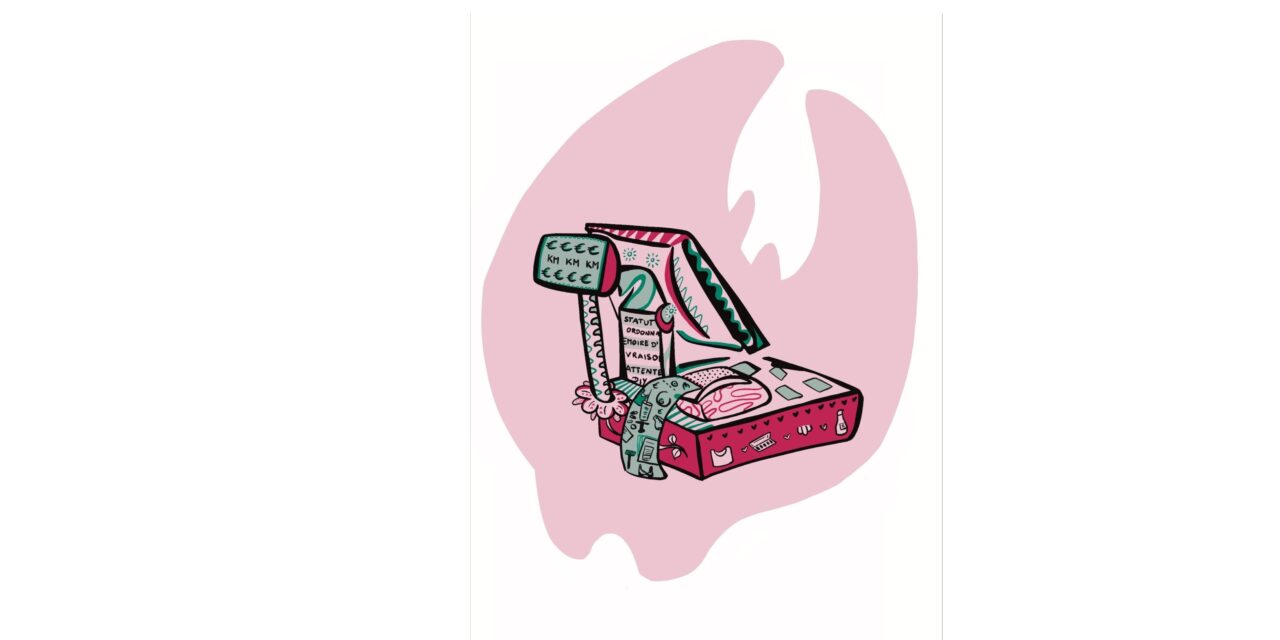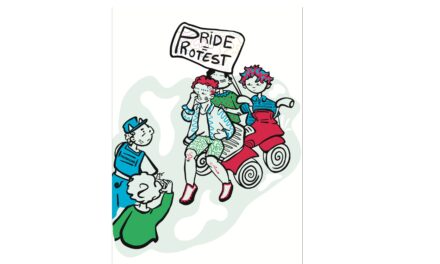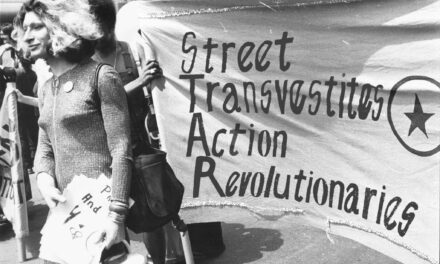The transgender community faces numerous obstacles in achieving financial security. These challenges are often interconnected with discrimination in employment, housing, and healthcare. This article describes the financial hardships transgender people in the United States of America and Europe experience and explores several underlying causes.
United States of America
A large survey conducted in the United States, the 2015 U.S. Transgender Survey, reveals a troubling reality for transgender people. The survey found that transgender people are three times (15%) more likely to be unemployed compared to the national average (5%). This economic insecurity extended beyond unemployment, with nearly a third (29%) of transgender people living in poverty, more than double the national rate (12%).
The survey also exposes the harsh reality of workplace discrimination faced by transgender individuals, 13% of respondents reported being fired from a job because of their gender identity or expression. An even larger portion (30%) who were employed in the prior year faced some form of mistreatment, were denied promotions or fired. The occurrence of this discrimination forces a significant majority (77%) of employed transgender people to take steps to avoid mistreatment at work. These steps can range from hiding their transition to quitting their job altogether.
“I was constantly misgendered by managers, supervisors and employees,” a trans woman from Texas told NBC News in a 2019 interview. “My own manager would routinely discriminate against me, and nit pick and micromanage me.” She describes being routinely laughed at during job interviews and the harsh mental distress of being unemployed. This case illustrates the hardships faced by working and unemployed trans people.
The struggle for economic security, however, extends beyond the question of employment. The U.S. Transgender Survey found that 30% of transgender people have experienced homelessness at some point in their lives. Homeownership rates are also dramatically lower for transgender people, with only 16% owning a home compared to the U.S. national rate of 63%. These statistics highlight the additional burden of housing insecurity that disproportionately affects transgender people in the U.S.
Research suggests a link between an individual’s ability to be perceived as their identified gender and their economic well-being in the workplace. Studies have shown that transgender people who have socially transitioned but are not consistently perceived according to their gender identity may experience lower incomes compared to their counterparts who are perceived as their identified gender. This disparity highlights the economic penalty transgender individuals can face when their gender expression doesn’t align with society’s expectations.
A 2021 study by the Human Rights Campaign Foundation (HRC) analyzing data from nearly 7,000 full-time LGBTQ+ workers revealed a wage gap. The study found that LGBTQ+ workers, on average, earn approximately 10% less than their non-LGBTQ+ counterparts. In other words, LGBTQ+ workers earn around 90 cents for every dollar earned by a non-LGBTQ+ worker. The disparity is even more pronounced for LGBTQ+ people of color, transgender individuals, and non-binary people.
The early insights from the 2022 U.S. Transgender Survey (USTS) continue to paint a concerning picture of the economic hardships faced by transgender people in the United States. A significant portion of respondents (34%) were living in poverty. This economic insecurity is further compounded by a high unemployment rate of 18% among transgender individuals. Discrimination extends to the workplace as well, with 11% of respondents who had ever held a job reporting termination or forced resignation due to their gender identity or expression.
Europe
According to TGEU’s analysis of the 2019 FRA LGBTI Survey which examines the socio-demographic situation, life satisfaction, openness, experiences with trans-specific legal and medical procedures, and encounters with discrimination, violence, and harassment among transgender individuals in Europe, transgender people are more likely to be jobless (8%) or out of the workforce (43%) compared to the general population (6-7% and 27%, respectively). Those with migrant or ethnic minority backgrounds are more likely to hold unpaid occupations. Disabled transgender individuals, particularly disabled trans women, face higher unemployment rates.
Transgender men are more often among the working poor, indicating ongoing sexism and the impact of the gender pay gap due to their socialization as women, which affects their education, career choices, and opportunities for training and promotion. The economic situation of transgender people is precarious and unstable. Being initially discriminated against in the education system hinders their access to the job market and forces them into informal economies for survival. This often exposes transgender individuals, especially trans women, to various forms of violence and harassment.
On top of that, housing instability is a pervasive issue for transgender individuals, particularly those from ethnic minority backgrounds. Nearly 60% of respondents in this category reported experiencing homelessness, a stark reminder of the systemic barriers they face in accessing safe and stable housing. In the 2023 FRA LGBTI Survey, a trans woman in Greece explains how several forms of transphobia potentially force her into homelessness: “‘When I disclosed my gender identity as a trans woman to my employers I lost my job, although they recognized that I was successfully performing my duties. […] I am unemployed and I can no longer afford renting my apartment […] I can’t accept to become homeless on the street and will not allow my daughter to see me in this condition […].’”
Transgender parents, despite societal pressures to remain childless, constitute a significant portion of the surveyed population. However, their parental status often comes with legal hurdles, as 22% lack legal guardianship of their children. This lack of legal recognition creates additional obstacles and vulnerabilities for transgender parents and their families.
Discrimination affects various aspects of transgender people’s lives, with healthcare and education settings at greater risk. Between 30% and 46% of respondents reported facing discrimination in healthcare settings, with 3% experiencing physical or sexual violence. Education settings with rates ranging from 25% to 39%. The act of presenting identification documents can trigger discrimination for transgender individuals (20%-32%). Transgender people are more likely to experience in-person harassment than their cisgender LGB counterparts, with 1 in 3 reporting such incidents. Transgender women suffer the highest amount of harassment and violence, with 55% reporting harassment and 1 in 4 experiencing violence.
In the 2023 FRA LGBTI Survey, a Bulgarian trans intersex man explains that he has “been assaulted, harassed, threatened with violence a myriad of times, have been sexually abused and beaten, and I’ve been subject to transphobia and intersex-phobia too many times to count. I’ve been denied help from police after getting attacked by far-right people and been ridiculed by them for looking weird, being ‘a tranny’ or being on drugs (I wasn’t on drugs) […].” Similarly, a non-binary person from Slovenia reported “incidents where others have spat at me, tried to grab and scare me and have chased me.” Cases like these highlight the manifold layers of transphobic violence.
Transgender minors are particularly vulnerable to harassment, emerging as the most harassed age group surveyed. Among religious subgroups, Jewish transgender individuals face the highest rates of harassment, with 68% reporting such experiences.
The transgender community faces a significant financial barrier to equality. Lower wages and limited employment opportunities disproportionately affect transgender individuals. Furthermore, gender-affirming care, which can include hormone therapy, surgery (if desired), and various procedures like voice therapy and hair removal, comes with substantial costs.
These financial burdens have a cascading effect. They impact a transgender person’s ability to secure stable housing and employment, ultimately hindering access to quality healthcare and financial independence. While the transgender community has made significant progress in recent decades, achieving true equality requires addressing these economic disparities. This means advocating for fair wages, inclusive workplaces, and ensuring affordable and accessible gender-affirming healthcare.
Illustration: Liou





